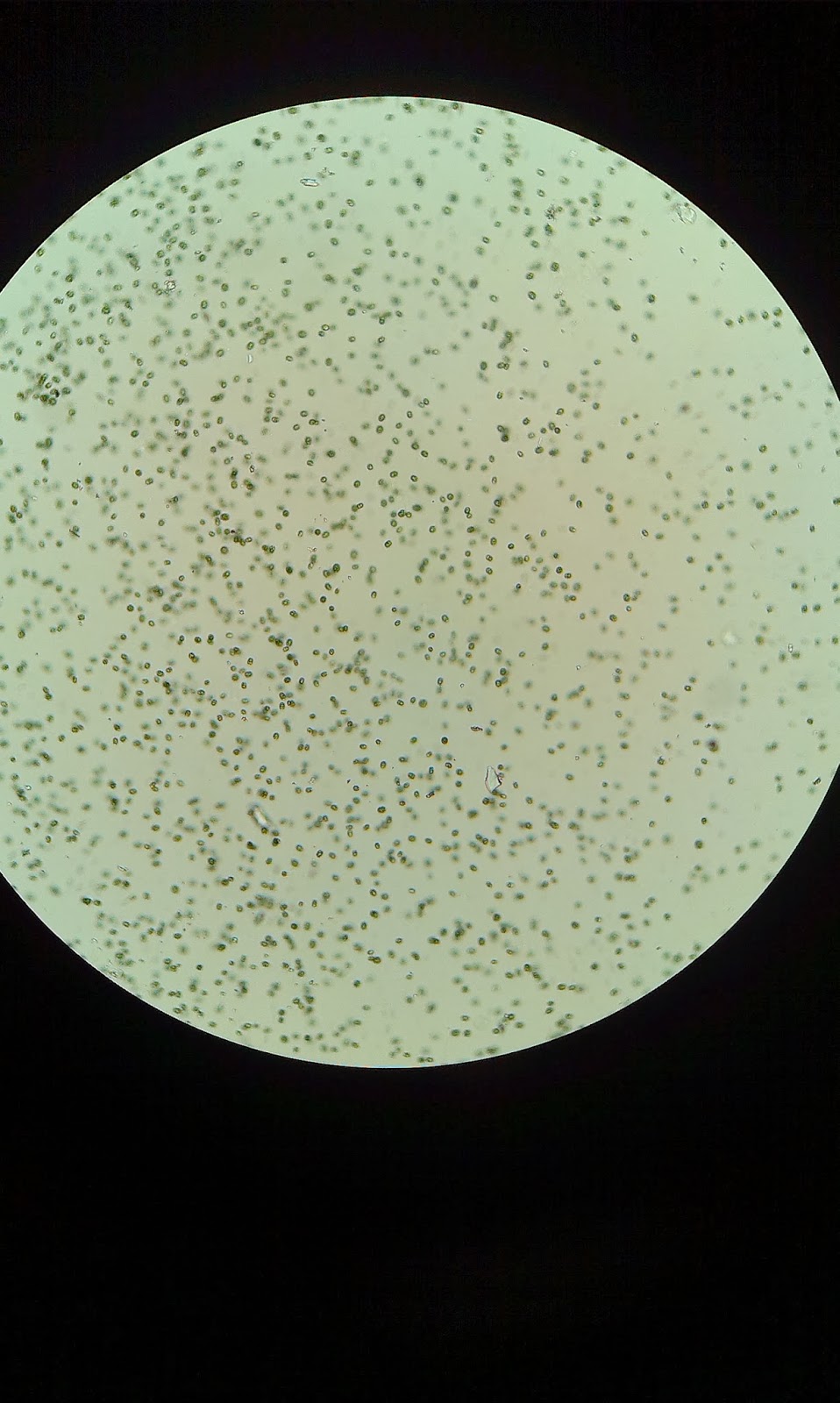- root
- shoot
- stem
- leaf
- epidermis
- inflorescence
After this I did 3 sections of gymnosperms to compare and contrast. All of my samples are from pine. I did an ovule, stem and a leaf. (below: left to right, stem, ovule and leaf)
I had to look at 3 live cultures of algae: Volvox, Spyrogyra and Chlamydomonas and make detailed drawings of them.
The Chlamydomonas moved about a lot and so had to put a Protozoa solution on it to slow the algae down so they were easier to see.
(Below left to right: Volvow, Spirogyra & Chlamydomonas)
The third section is about rapid cycling brassicas. Each week they'd grow more and more and we had to draw detailed drawing of them at each stage every week. In the picture below you can see the development from when it had just started growing all the way to it producing fruit (seed pods).
I have done most of the drawings, now I just have to do the write up which is all about the process of growing the Rapid Cycling Brassicas and describing them etc. I will show my drawings once I've finished my portfolio.
I have more pictures on my Flickr of you want to look at the rest! Plants Down a Microscope & Rapid Cycling Brassicas

















